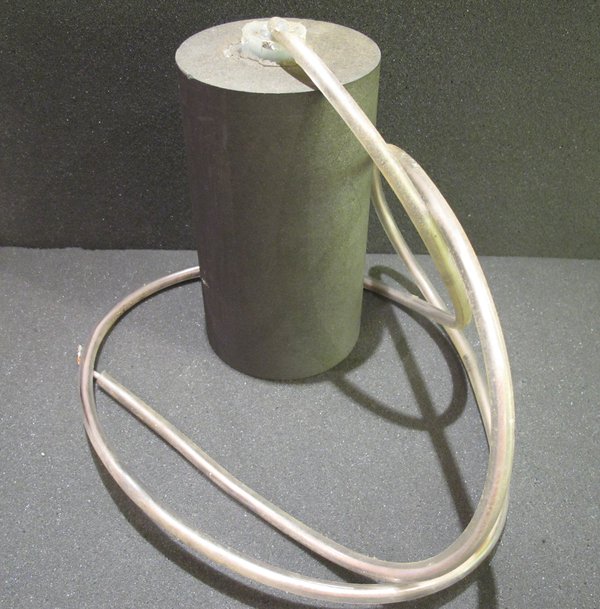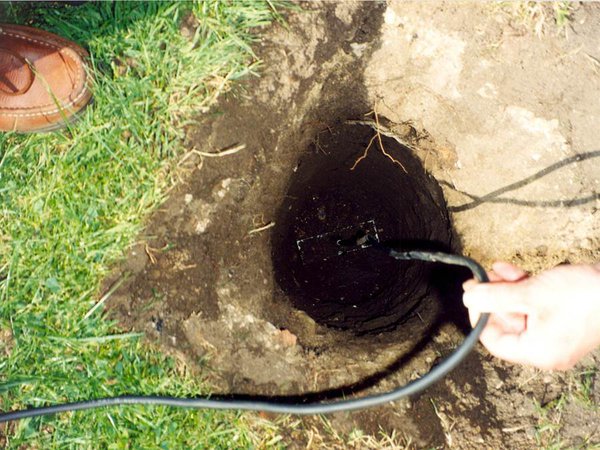What on earth?
This post was written by James Nye
In a few days, Francoise Collanges will embark on a project involving the Alexander Bain clock at The Clockworks. We will survey the clock, compare it with examples at the Science Museum, the Guildhall and Greenwich, and work out how to operate it safely over the long-term.
Someone asked if we intend to drive it with an earth battery (the way Bain did), and this reminded me of an experiment, back in the 1990s.


What’s an earth battery, you may ask? Remember the ‘potato clock’, where the power for a small battery clock comes instead from a galvanised nail and copper wire inserted into a potato? The potato provides the ‘electrolyte’ between the two metals – it’s the water in the potato really – allowing electrons to pass from the zinc to the copper, providing Volts.
In an earth battery, the moist soil beneath the surface allows the same thing. The battery is ‘used up’ as the zinc disappears.

Elements can be ranked ‘galvanically’ – indicating the volts you can achieve from a combination. Magnesium/copper gives 1.45V, zinc/copper (potato clock) 0.9V. But Bain buried zinc plates and a lump of retort coke (carbon), producing 1.1V, enough for his sensitive clock.

In Leicester, an earth battery apparently powered a clock for about fifty years, and we set out to beat this run – calculating the zinc needed, given the rate at which it would be consumed – 2,671 grams in our case. Two specialist firms produced the carbon and zinc electrodes to our design.

I buried them a metre down and ran a clock for several months. But the battery stopped working. A post mortem suggests a flaw in our zinc block – it should probably have been a large thin plate – with maximum surface area. The thousands of surface flaws in Bain’s retort coke were actually an advantage. We could give it another go at The Clockworks – trouble is, we sit on concrete, so we’ll need to ask the neighbours if we can bury electrodes in their garden!